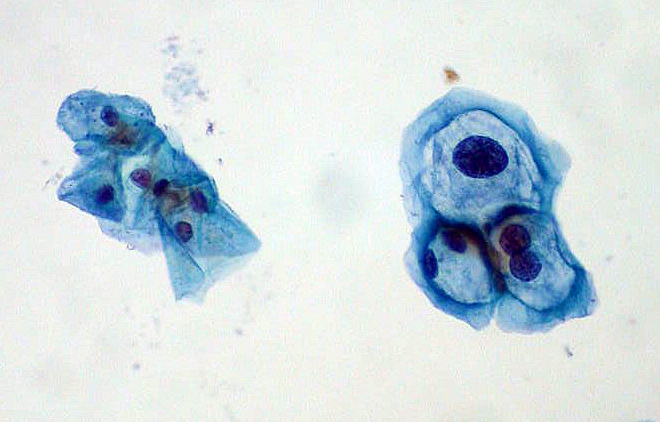 Say goodbye to form 4010A1 for ICD codes as well, starting in 2012.
Say goodbye to form 4010A1 for ICD codes as well, starting in 2012.
Dig into your claim forms now to ensure that the beneficiary’s information is accurate to the letter, or you’ll face scores of denied claims on the new HIPAA 5010 forms.
Why it matters: CMS will deny claims on which the beneficiary’s name doesn’t perfectly match how it’s listed on his Medicare I.D. card when you begin using HIPAA 5010 form — the new Medicare universal claim form starting in 2012.
Include Jr. or Sr. Suffixes
“Whenever there is a name suffix, such as ‘Jr.’ or ‘Sr.’ abbreviations, etc., it must be included with the last name,” said Veronica Harshman of CMS’s Division of Medicare Billing Procedures during an April 28 Open Door Forum regarding the eligibility component of the HIPAA 5010 form.
You can include the suffix either with the patient’s last name or in the suffix field, specified CMS’s Chris Stahlecker during the call.
“The date of birth must also match exactly to what the Social Security Administration has on file,” Harshman said. CMS will use several new error codes on claims once the 5010 form goes into effect. “If you communicate with CMS through a third-party vendor (clearinghouse), it is strongly recommended that you discuss with them how these errors will be communicated to you and how these changes will impact you and your business,” Harshman advised.
Look for Production Systems Next Year
According to the HIPAA 5010 Final Rule, CMS will have a production 5010 system available as of Jan. 1, 2011, Harshman said.
The last day CMS will accept a 4010A1 form will be Dec. 31, 2011. As of Jan. 1, 2012, if you aren’t using the 5010 form, you’ll “lose the ability to receive eligibility data from Medicare,” Harshman said. In...




 When a patient returns to your office for a repeat Pap smear, you’ve got to weigh your options of E/M and specimen handling codes, as well as diagnosis codes. Take this challenge to see how you fare and prevent payment from slipping through your fingers.
When a patient returns to your office for a repeat Pap smear, you’ve got to weigh your options of E/M and specimen handling codes, as well as diagnosis codes. Take this challenge to see how you fare and prevent payment from slipping through your fingers. Say goodbye to form 4010A1 for ICD codes as well, starting in 2012.
Say goodbye to form 4010A1 for ICD codes as well, starting in 2012.